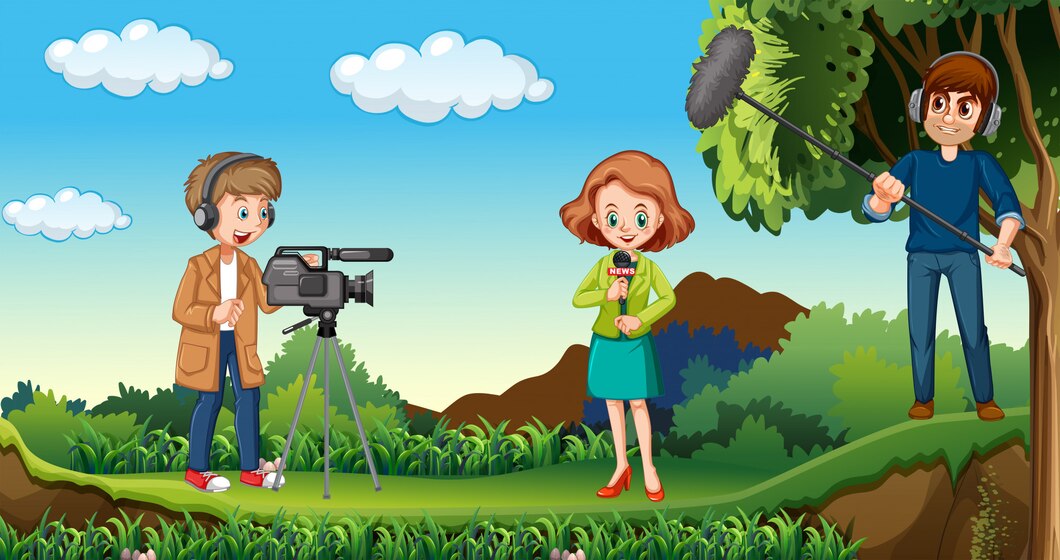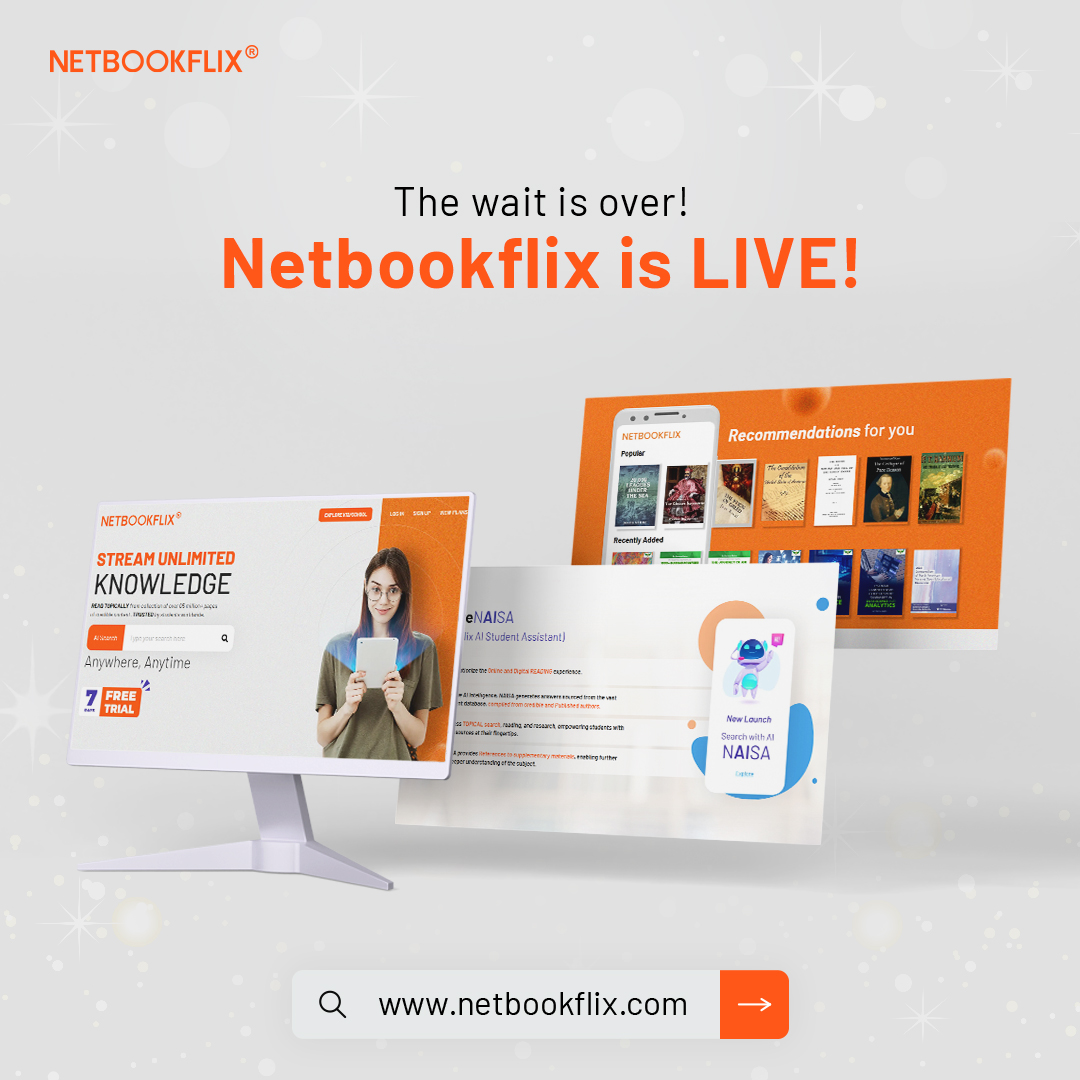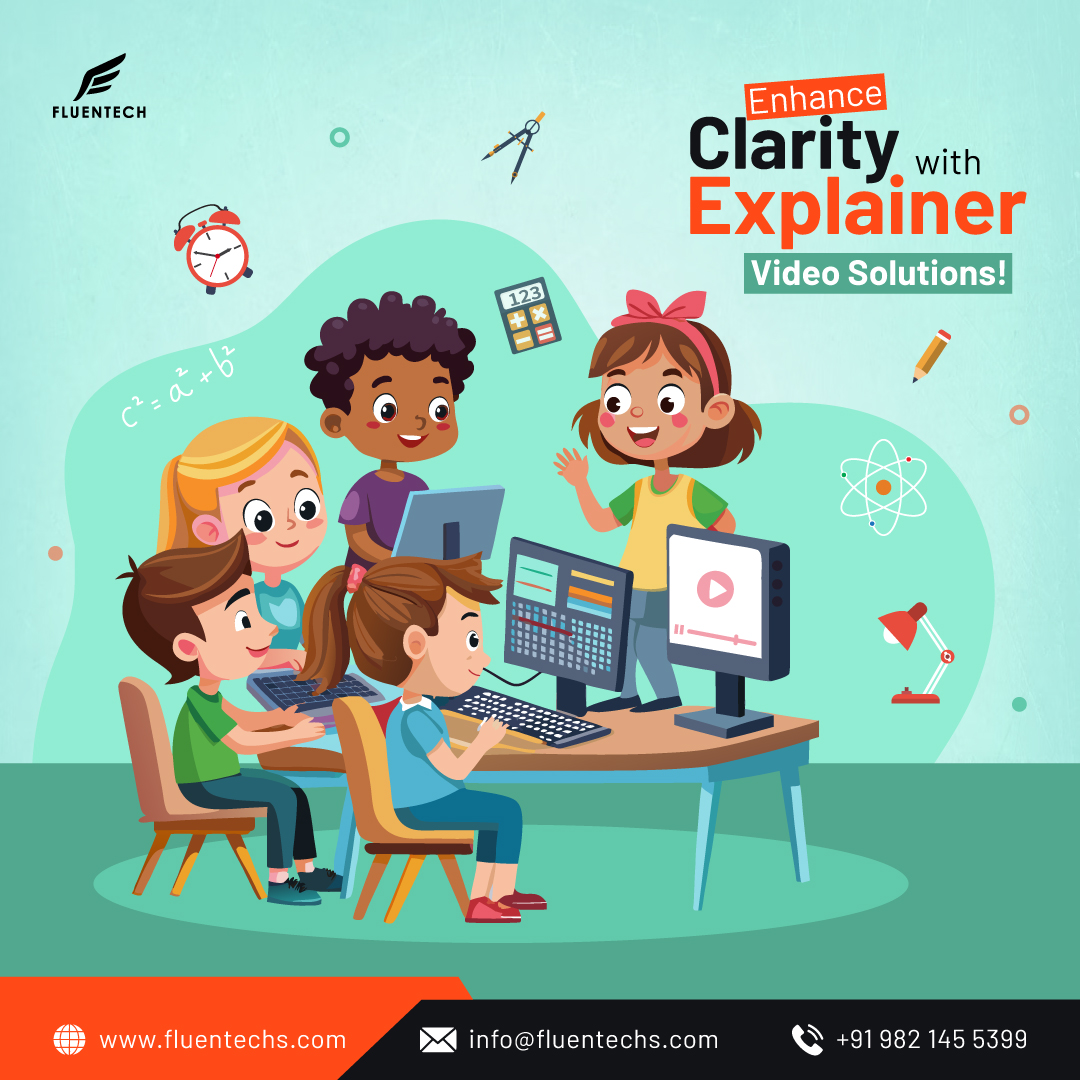Online story videos offer an accessible and engaging way to bring books to life for children and adults alike. These videos often feature actors reading stories aloud, sometimes accompanied by creative visuals that help maintain attention and enhance understanding.
They provide a convenient resource for encouraging reading, making stories accessible anytime and anywhere without needing a physical book. Many platforms curate high-quality videos that combine storytelling with expressive narration to inspire a love of reading and improve literacy skills.
As storytelling through video continues to grow, it becomes a versatile tool for educators, parents, and caregivers. It supports learning in a format that fits modern lifestyles and varied attention spans.
What Are Online Story Videos?
Online story videos combine narration with visual elements to present stories through digital media. They often use actors, animation, or AI-generated visuals to engage viewers and enhance the storytelling experience. These videos serve educational, entertainment, and therapeutic purposes for various audiences.
Key Features of Online Story Videos
Online story videos typically include narration paired with visual content, such as animations, live-action recordings, or AI-generated images. They often feature professional voice actors or well-known personalities reading or performing stories.
Many offer interactive or multimedia elements that support learning and promote engagement, like text highlighting or sound effects. Accessibility is a focus, with subtitles and formats for different age groups or audiences.
They are usually streamed or downloadable, available on-demand across devices. Some platforms provide free access, while others use subscription models.
Popular Platforms for Sharing
Several platforms specialize in online story videos. The SAG-AFTRA Foundation’s Storyline Online stands out for offering free, professionally narrated children’s books, often used by teachers and healthcare providers.
YouTube hosts channels like Storyline Online Stories and Classic Short Stories, providing vast collections of read-aloud videos. Platforms like Vooks combine animated visuals with story narration for a secure children’s streaming experience.
Other options include AI-powered video creators such as Story Video AI and FlexClip, which allow users to turn texts and scripts into story videos easily.
Different Types of Storytelling Formats
Storytelling formats vary widely:
- Read-aloud performances feature actors narrating children’s books or classic tales, sometimes with accompanying animations.
- Animated story videos use illustrations and motion graphics to visually represent narrative elements.
- AI-generated story videos transform text into dynamic visuals and voiceovers without manual recording.
- Narrative compilations combine multiple short stories or tales into single video playlists.
Each format adapts to its audience’s needs, whether for education, entertainment, or therapeutic support.
How to Create Engaging Online Story Videos
Creating an effective story video involves careful narrative planning, skillful editing, and strategies to keep the audience interested. Key elements include structuring a clear story arc, using visuals and audio thoughtfully, and encouraging viewer interaction.
Planning Your Narrative
A strong narrative starts with a concise, focused story. It should have a clear beginning, middle, and end to guide the viewer through the message. Defining the target audience early helps shape the tone and content.
Using a storyboard or simple outline can organize scenes and ensure logical flow. Incorporating conflict or tension creates emotional engagement. The script must be straightforward and natural, avoiding information overload.
Key points to consider:
- Define the core message
- Structure the story clearly
- Know the audience’s preferences
- Include emotional elements or surprising facts
This preparation lays the foundation for an impactful video and prevents scattered storytelling.
Effective Video Editing Techniques
Editing transforms raw footage into compelling content. Editors should prioritize pacing, trimming unnecessary parts to maintain viewer interest.
Adding transitions like fades or cuts keeps the video smooth without distracting viewers. Subtitles and captions improve accessibility and engagement, especially for social media audiences.
Incorporating background music or sound effects enhances mood but must not overpower narration. Visual effects or animations can illustrate complex ideas simply and retain attention.
Best practices include:
| Editing Aspect | Recommendation |
|---|---|
| Pacing | Keep clips concise, avoid lagging |
| Audio | Balance music and voice clearly |
| Visuals | Use clean, relevant graphics |
| Text Elements | Add subtitles for clarity |
Effective editing highlights the story while ensuring clarity and viewer engagement.
Tips for Increasing Audience Engagement
Engagement hinges on capturing attention quickly and encouraging interaction. Start videos with a strong hook—a question, dramatic fact, or intriguing visual.
Use calls to action like asking viewers to comment or share their opinions. Tailoring content for platforms (YouTube, TikTok, Instagram) by adhering to preferred lengths and formats maximizes reach.
Leveraging AI-powered tools can help customize videos to audience preferences and automate subtitling or voiceovers. Engaging thumbnails and titles also draw viewers in.
To increase engagement:
- Open with a compelling hook
- Include direct audience prompts
- Adapt videos for specific platforms
- Use AI tools for personalization
These strategies foster connection and boost video performance.






Leave a Reply